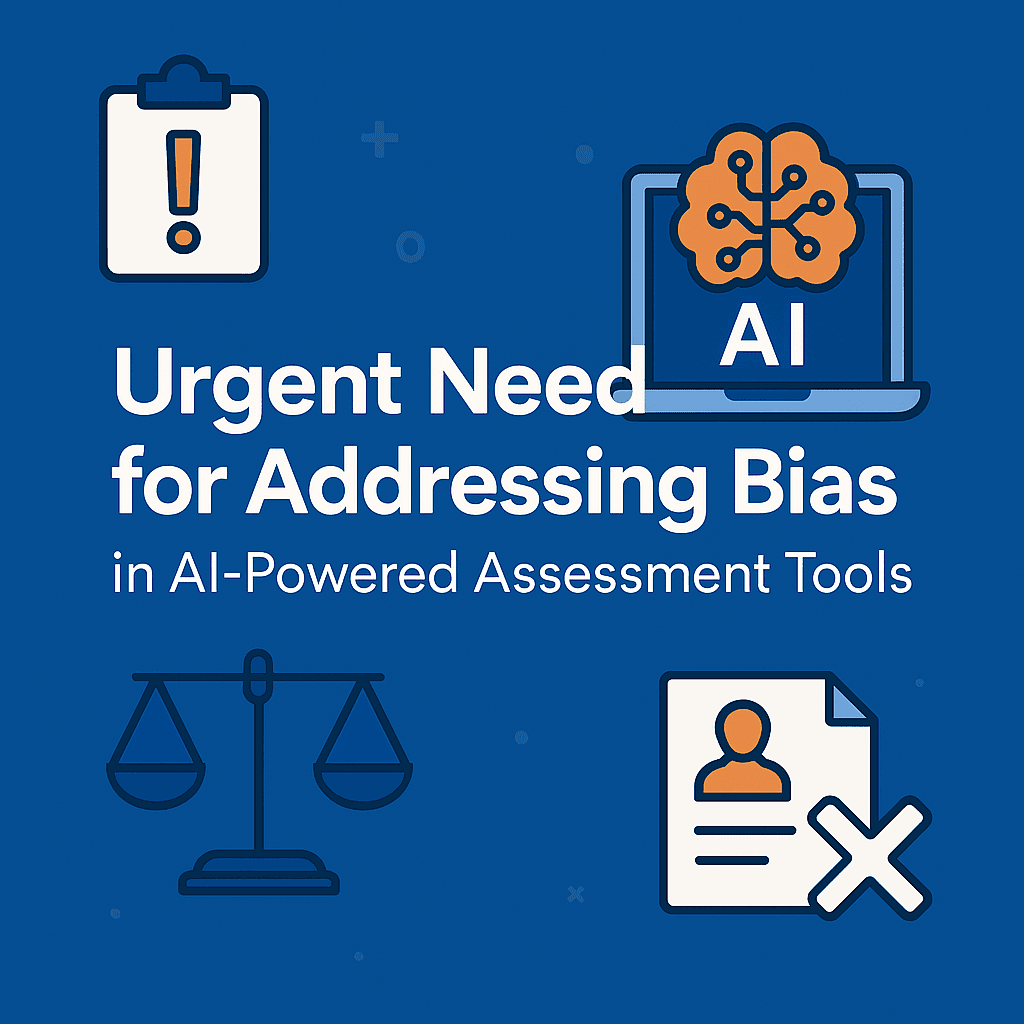
Addressing bias in AI-powered assessment tools is one of the most urgent challenges in educational technology today. While artificial intelligence has brought efficiency, scale, and speed to student assessment, it has also raised valid concerns about fairness, equity, and discrimination. As more institutions adopt AI to evaluate written work, analyse performance, and deliver feedback, ensuring that these tools operate without bias is not optional—it’s essential.
Bias in AI systems often stems from the data used to train them. If training datasets are skewed towards a specific demographic—such as students from certain geographic regions, language backgrounds, or academic levels—the algorithm may unintentionally favour those groups. The result? An uneven learning experience where assessments do not reflect true student ability, and grading may be inaccurate or discriminatory.
How to Use Case Studies to Showcase Your Expertise
Why Addressing Bias in AI-Powered Assessment Tools Matters
Educational assessments should provide an accurate and equitable measure of a learner’s performance. However, when AI algorithms are used to evaluate essays, language use, or even quiz performance, there is a risk of reinforcing existing inequalities.
Addressing bias in AI-powered assessment tools is critical because:
- Biased feedback can demotivate learners and erode trust in the education system.
- Grading inaccuracies can affect academic progression, scholarships, or job placements.
- Language and cultural nuances may be misunderstood by AI, disadvantaging students from diverse backgrounds.
A recent example is the controversy surrounding a popular AI-driven essay grading tool, which consistently marked down essays written in non-native English styles. The feedback system penalised students for using culturally different idioms or sentence structures—demonstrating how even syntax-level bias can be detrimental.
Real-World Examples and Solutions
1. Turnitin and AI Grading Transparency
Turnitin, one of the most widely used plagiarism and AI-detection tools, has begun publishing whitepapers detailing how their models are trained. By inviting peer review and academic critique, they aim to build trust and mitigate unconscious bias in their AI grading modules.
2. EdTech Startup “WriteLab”
WriteLab (now integrated with Chegg) provided AI-generated writing feedback. However, early trials revealed that the tool over-penalised passive voice and underused sentence variety in essays written by ESL (English as a Second Language) students. After feedback from educators, the algorithm was recalibrated to recognise diverse writing styles.
3. OpenAI’s Prompt Moderation Adjustments
OpenAI made improvements in the way GPT-based tools interact with users by introducing fine-tuning options. Educators now have the option to create context-sensitive prompts and adjust output tones to align with local academic standards. This helps reduce blanket assessments and offers more accurate, inclusive feedback.
Strategies for Addressing Bias in AI-Powered Assessment Tools
1. Diverse Training Data
Developers must ensure AI models are trained on datasets that include inputs from students across varying age groups, geographies, academic abilities, and cultural contexts. A rich, diverse dataset reduces the chances of the model skewing toward a single norm.
2. Regular Bias Audits
Institutions and vendors should conduct regular bias audits of AI tools. These audits include testing AI responses on anonymised student submissions across demographics to see if outcomes vary unfairly.
3. Human-in-the-Loop Design
AI should not replace educators but support them. Including a human-in-the-loop ensures that automated grading is supplemented by human judgement. Educators can verify AI-generated scores and adjust where necessary, especially for subjective tasks like essays or reflective writing.
4. Transparent Algorithms
Developers should move away from “black-box” AI systems. When educators and institutions understand how grading decisions are made, they can better trust and manage those tools.
5. Student Feedback Loops
Allowing students to appeal AI-generated feedback or grades can expose hidden biases and improve systems over time. This two-way transparency builds trust and fairness.
Ethical Considerations and the Way Forward
Beyond technical improvements, addressing bias in AI-powered assessment tools also involves building a culture of ethical AI use in education. Teachers, developers, and administrators must collaborate to:
- Set guidelines for ethical AI deployment.
- Include equity and inclusion experts in AI tool development.
- Prioritise fairness in procurement processes when choosing edtech vendors.
Additionally, educators should receive training in AI literacy, so they understand not just how to use these tools—but also how to question and refine them.
Conclusion
In an era where digital education is rapidly expanding, addressing bias in AI-powered assessment tools is not a feature—it’s a responsibility. If left unchecked, AI tools may inadvertently reinforce the very inequities education aims to overcome.
However, with the right safeguards, inclusive design, and continuous monitoring, AI can become a force for fair, accurate, and empowering assessment. As education becomes more global and diverse, so must the tools we use to measure its success.
Visit The Case HQ for 95+ courses
Read More:
Smart Strategies for Conducting a Literature Review using AI Tools
Innovative Strategies: How Universities Integrate ChatGPT Into Its Curriculum
Exciting Vision: What Will the AI-Native Classroom Look Like by 2030?
Essential Guide: Should Educators Be Trained in Prompt Engineering?
Comprehensive Comparison of Gen AI Tools: ChatGPT, Claude, Gemini, and More
Plagiarism or Productivity? The Truth About AI Use in Student Work
Breaking Down a Case Study: An Interactive Walkthrough
How to Cite Case Studies and Research Publications in Your Work
The Intersection of Ethics and Case Studies in Research
The Influence of Case Studies on Public Policy Development
https://thecasehq.com/urgent-need-for-addressing-bias-in-ai-powered-assessment-tools/?fsp_sid=2075
Comments
Post a Comment